I cycle for fitness five days per week and use the Strava.com site to post my rides, analyze the ride data and chat with other cyclists, however in February this year the Amazon Web Services went down which crashed Strava, making me sad and nervous at the same time. Of course, there are alternatives to Amazon Web Services and the engineers at Microsoft have their own cloud services called Microsoft Azure, used in 90% of Fortune 500 companies. I just learned that the embedded systems division at Mentor Graphics has joined the Microsoft Azure Certified for IoT.
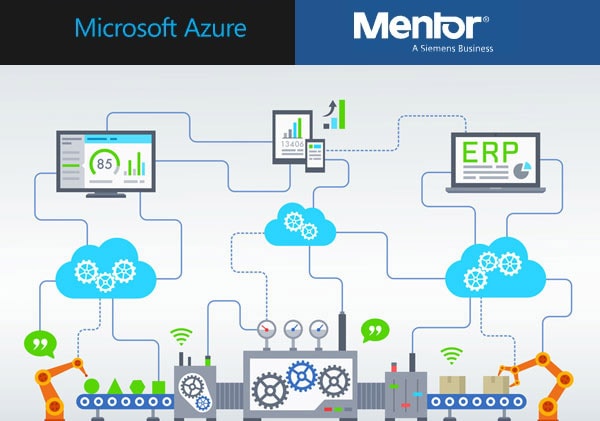
Unlike other EDA companies, Mentor has been in the embedded systems business for a few decades now and they have a couple of OS choices based on the type of IoT system that you’re building:
- Nucleus RTOS
- Yocto Project-based Embedded Linux
So if you’re building an IoT project and need to analyze all of that sensor data by accessing it in the cloud, how do you pull all of that technology together? Instead of cobbling together something from scratch which would take a long time and require specialized engineering talent, you can now consider using pre-verified technology from trusted companies that have the engineering resources to make this process much simpler for your team. Mentor has taken the Azure SDK and integrated it for you into their Nucleus and Linux platforms.
Who else is part of this Azure Certified IoTprogram? Well, scores of companies that you probably have heard of before, like: Intel, RaspberryPi, Freescale, TI, Dell, HP, Arrow, ST, Fujitsu, Hitachi, Toshiba, Ricoh, Renesas. Mentor is in good company by joining with Microsoft Azure. You can get more details about Mentor’s integration with Microsoft Azure by watching a 17 minutes archived webinar. Shown in light blue below are the two specific integration pieces that Mentor has added: Azure Device SDK, Azure Gateway SDK. The parts shown in dark blue are existing Mentor products from the embedded systems group.
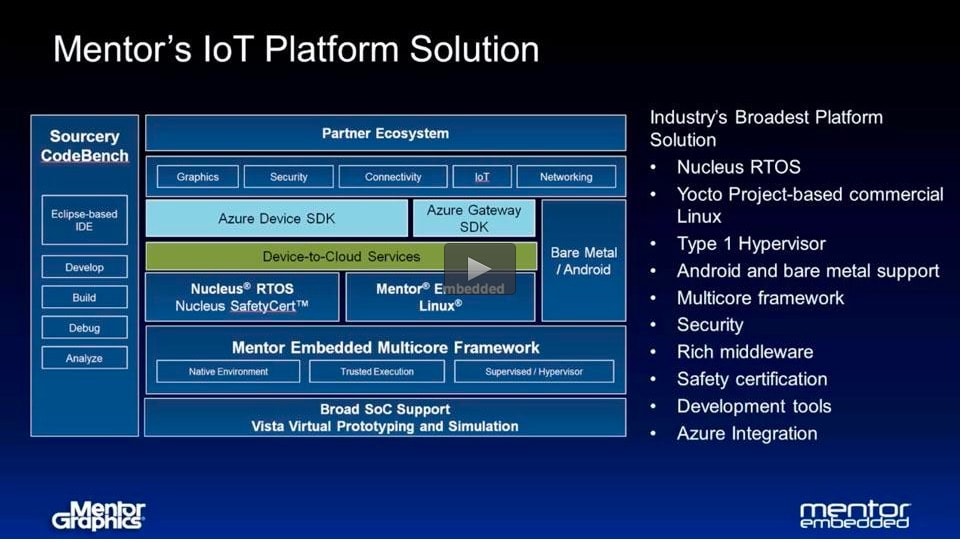
The Mentor webinar covers the IoT marketplace, growth projections, objections to adoption, vertical markets and cloud infrastructure vendors. Mentor’s IoT approach uses both cloud services and embedded devices that connect with Microsoft Azure:
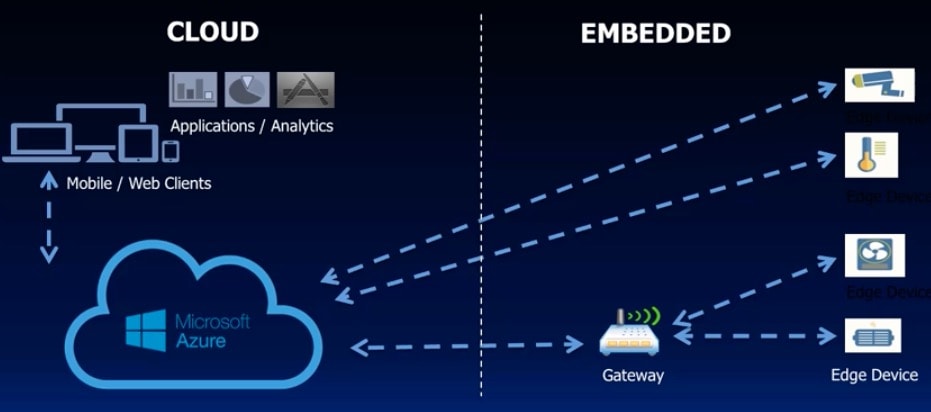
Users of Microsoft Azure get dozens of services to help analyze their IoT data:
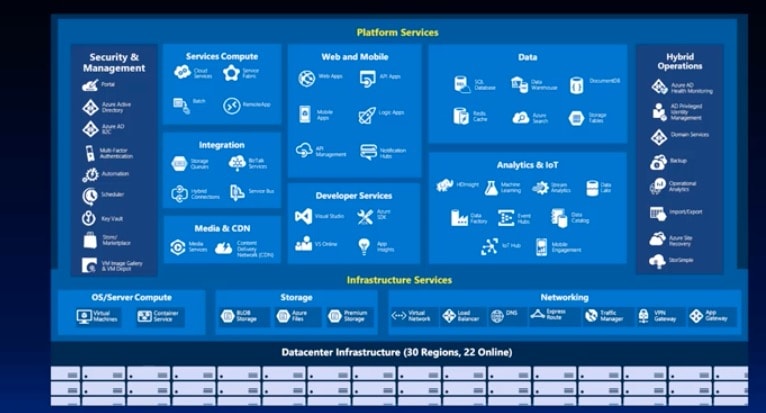
Consider an industrial IoT example with sensors, actuators, controllers, factory network, cloud services and a mobile app:
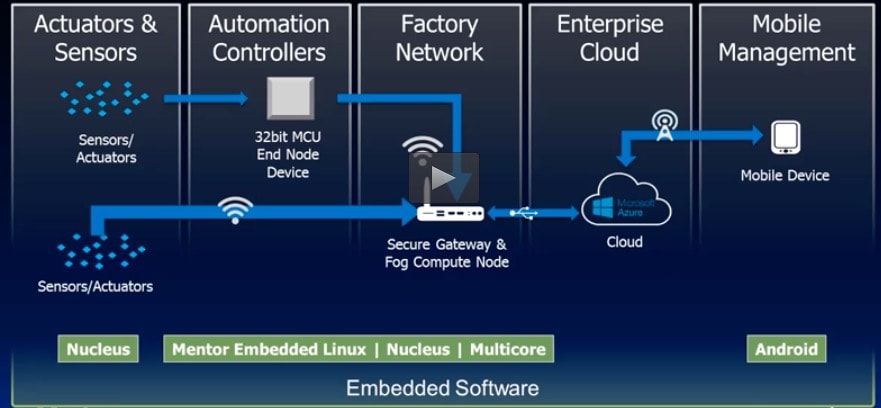
The actuators and sensors shown on the left get connected securely using the Azure device SDK, the controllers read the sensor data and then control factory equipment using a secure gateway that is Azure-enabled. Android devices can run apps to help the factory workers and managers visualize what is happening inside of their factory and ensure efficient operations. With Mentor’s embedded edge device view you can cloud-enable an IoT device to Microsoft Azure with device services like:
- Device discovery
- Device provisioning
- Device management
- Configuration
- Device to cloud messaging
- Cloud to device messaging
- Bulk upload or download
- Alarms and events
- Firmware updates
- Device restart
Related blog – The deep blue, I mean, the deep Azure sky before me
Using gateway enablement you get all of the previous list of device services plus:
- Data aggregation
- Filtering
- Protocol mapping, translation
- Micro services
- Message broker services
This sounds promising, but what about security using Mentor and Microsoft Azure Cloud? Good news here as Mentor’s security technology is used to secure data in rest, data in use and date in motion. This security includes:
- Hardware root of trust
- Wurldtech Certification
- Encryption, Crypto libraries
- ARM TrustZone
- CVE, US-DERT monitoring
Related blog – Writing about the cloud while in the clouds
Summary
The IoT opportunities for businesses are growing by leaps and bounds, limited only by imagination, engineering talent and budgeting. What Mentor’s integration with the Microsoft Azure Cloud brings to the IoT community is support for both gateway and edge device configurations, pre-integration and testing with Microsoft Azure SDKs, embedded and cloud services, and finally security. In the typical engineering world of make versus buy decisions, I would certainly give the Mentor and Microsoft combination a closer look before attempting to make my own integration from scratch.







Comments
There are no comments yet.
You must register or log in to view/post comments.